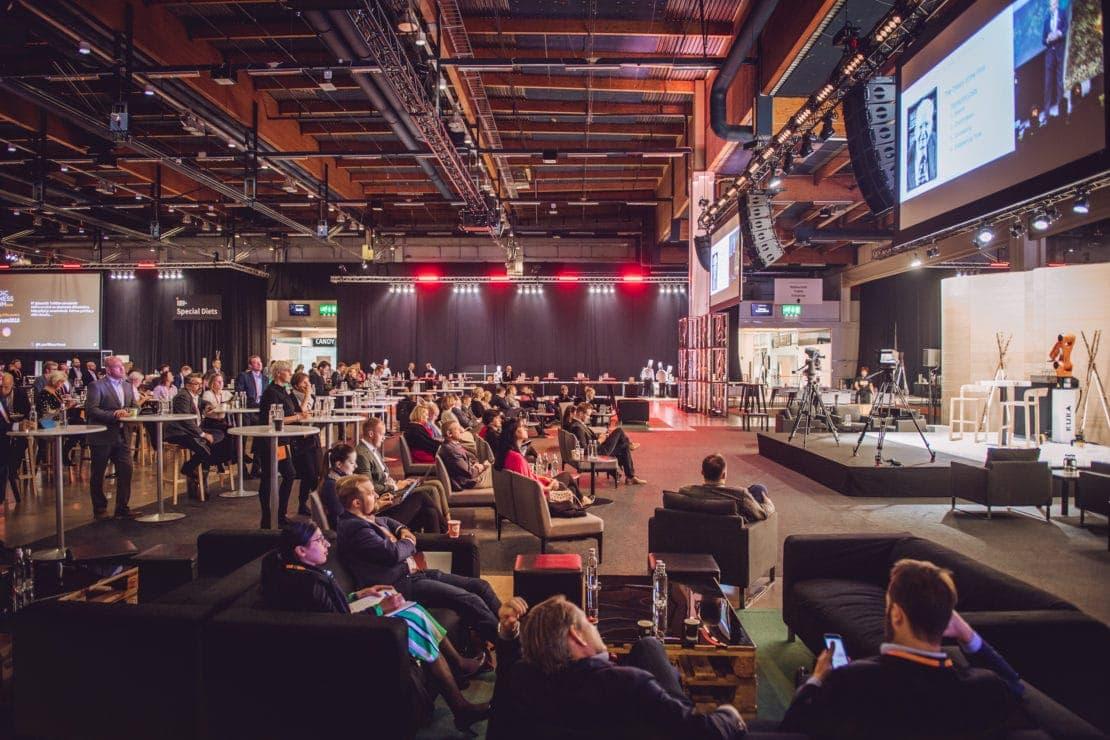17Oct2018
As you read this article, take a second to think about how you’re consuming this content. Chances are, your computer/tablet/phone has a forward-facing camera. You used a web browser to get to this page. You may well have followed a link here from social media, and you might skim the first paragraph before heading over to something more interesting.
Your behavior has been broken down into empirical data sets that are fed into algorithms by companies wanting to understand behavior, predict future consumption, and provide relevant advertising content. The problem with such a system is two-fold: it is imperfect at understanding how consumers react to content, and it doesn’t understand the content itself deeply enough.
Today’s corporate marketing needs to utilize AI tools that process reality in the same way we do. By doing so, they can advertise more smartly, build better products and services, and even make wiser business decisions. Valossa CEO Mika Rautiainen has spent the best part of 2 decades at the forefront of this field building the platform to do just that.
Nordic Business Report: Hi, Mika. Traditional advertising methods are struggling. How can AI help?
Mika Rautiainen: Hi, John. In order to assess the effectiveness of promotions, advertisements, and even pilot shows, businesses have traditionally used data collection tools with limited capacity to collect insights from viewers. A questionnaire can only tell you so much.
A much easier, more accurate method is to use AI to quickly profile the content in a very detailed fashion. This information can then be associated with behavior data – satisfaction, engagement conversions, etc. – to create a better understanding of what kinds of campaigns work, and what don’t.
Our cloud-based video recognition can process audiovisual content in real-time. It defines an extremely detailed list of objects and styles that appear in the video, and at what time they appear. By linking this data with user behavior – engagement, social media responses, even facial recognition during live viewing – you can learn some very important things. An example would be knowing whether red cars in city environments drive more sales than brown and green cars in the countryside.
NBR: Traditional media companies and broadcasters are coming under increasing pressure. Can AI offer a solution?
Rautiainen: These types of companies are typically sitting on top of a vast reserve of content. To use it effectively, they have to do two things: profile their content archive, and build detailed user profiles. You can then offer content containing more attractive elements to individual users.
Engines currently exist that make adjacent recommendations for similar content, aggregate recommendations based off similar user profiles, and even make contextual recommendations based off the time of day or the task you are currently doing when watching the content.
The big challenge is that preferences change. For example, when people look into two vacation spots, choose one in Tuscany then go on the trip, there’s no point in retargeting those Italian ads. This is why extremely detailed and accurate advertisements are vitally important. They actually save us (consumers) bandwidth by not showing us unnecessary content. The trick is to be not too accurate – we don’t want to feel uncomfortable with the targeting system.
NBR: Where is audiovisual recognition technology having the greatest impact today?
Rautiainen: Content compliance and brand safety are increasingly important. We train the computer to recognize sexual and sensual content, violence, nudity, substance use, bad language, disasters and more. Particularly nudity, sex, and graphical violence are deeply emotional content types that have very a taboo-like nature in different cultures and are regulated by national laws with respect to broadcasting and streaming.
It is also important to identify these elements so that content can be assessed in terms of being brand safe for advertising. This can be done for both catch-up content from broadcast networks and for live-streaming.
Real-time recognition allows broadcasters to predict what advertisements fit with certain live broadcast time slots and review if regulatory compliance was met. Several large broadcasters in the EU and the US are currently trialing these technologies, and online content moderation is an increasingly important topic for web media platforms.
NBR: Where is the technology heading?
Rautiainen: Information captured by AI will become an integral part of the content production process, streamlining the work and making it easier for people to effectively use, repurpose, and experience content across different platforms.
AI will also help people make the right choices at the top level of their business by making sense of their video data. AI can help guide the decision-making process in terms of making better products and services, or deciding which markets to enter at what time.
AI and advertising have questionable reputations. However, consumers are demanding ever more personal experiences. Audiovisual recognition tools aim to see the world through our eyes so they can understand what we want, and what could be more human than that?


